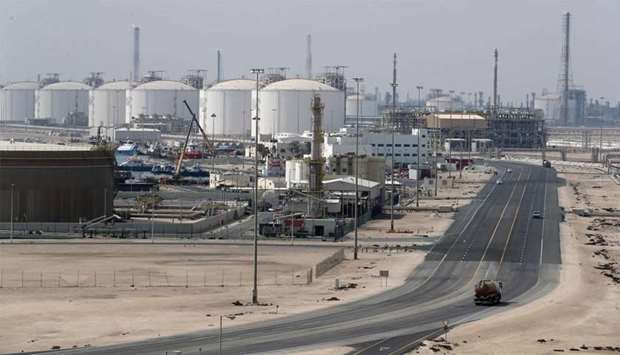Qatar is among the LNG exporting countries that have achieved utilisation rates of more than 90% in liquefaction capacity in 2019.
In all, 10 of the total 22 LNG exporting countries achieved this utilisation rate, the International Gas Union (IGU) has said in a report.
Global liquefaction capacity reached 430.5mn tonnes at the end of 2019 and the utilisation rate was on average 81.4%.
Numerous factors affect the utilisation of LNG facilities globally, it said. Feed gas availability is one of the most common factors limiting the output capacity of existing LNG facilities.
Indonesia’s Bontang LNG underwent a production downturn due to declining gas resources from the Mahakam block, the IGU said in its "2020 World LNG report".
The utilisation of Algeria’s LNG export facilities sustained low levels, partly due to declining output from the large gas field Hassi R’Mel and delayed new field development in the southwest region. In contrast, debottlenecking of upstream gas supplies have increased the utilisation of a few LNG facilities. Idku LNG reached full export capacity in December 2019 for the first time in six years, owing to gas production from new fields coming online.
Atlantic LNG in Trinidad and Tobago registered 91.1% utilisation in 2019 after a period of decline, thanks to the ramp-up of new fields.
Technical challenges affect the utilisation of existing LNG facilities as well, it said.
In June 2019, Pluto LNG experienced technical problems related to its mixed refrigerant compressor upon restart from turnaround maintenance, leading to an unplanned outage of the facility.
Gorgon LNG Train 3 suffered a prolonged shutdown in mid-January 2019 due to mechanical issues. Unexpected technical problems can also lead to shorter (several-day) shutdowns, although the potential impact on utilisation can sometimes be offset by production creep
According to the IGU, the record volume of sanctioned liquefaction projects is underpinned by the expectation of growing LNG demand globally, creating the need for additional liquefaction capacity. This will also lead to competition to secure EPC capacity, as project developers aim to enter the market by the mid-2020s in order to capture growing demand.
However, as the global LNG market gets increasingly competitive and shorter-term contracts or spot deliveries become more common over time, LNG projects are taking more investment risks, taking FIDs without securing a significant number of long-term SPAs. Golden Pass LNG moved forward with FID in 2019, without announcing any long-term offtake contracts.
Ocean LNG, a joint venture established by Qatar Petroleum and ExxonMobil, is responsible for marketing the produced LNG. The sanctioning of LNG Canada in 2018 was on a similar basis and the project was fully equity financed, rather than debt financing backed by long-term offtake agreements.
Arctic LNG 2 reached FID with an expectation of equity partners’ offtaking LNG production proportionate to their ownership stakes, and the project may market a significant portion of production via spot deliveries, the IGU noted.


